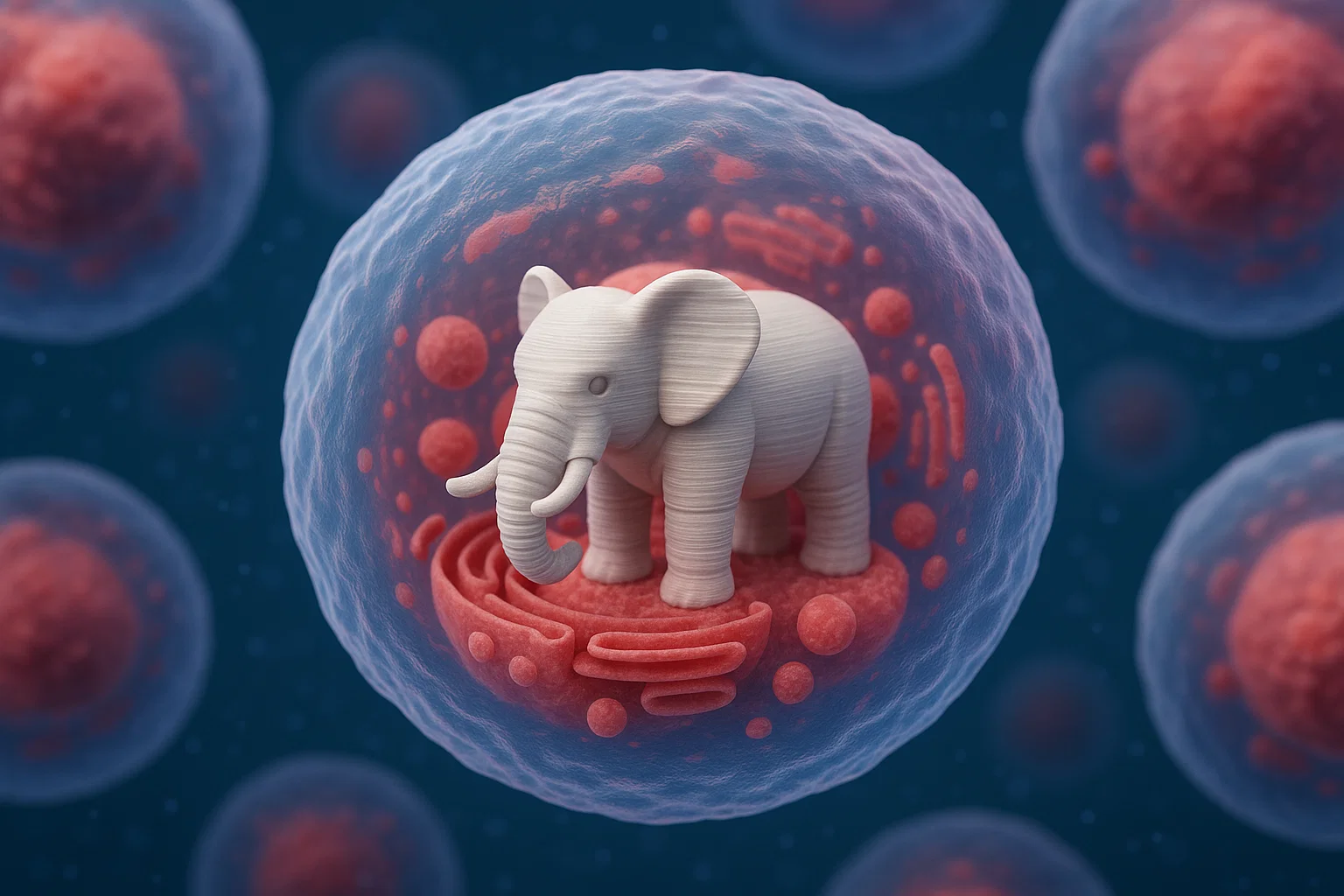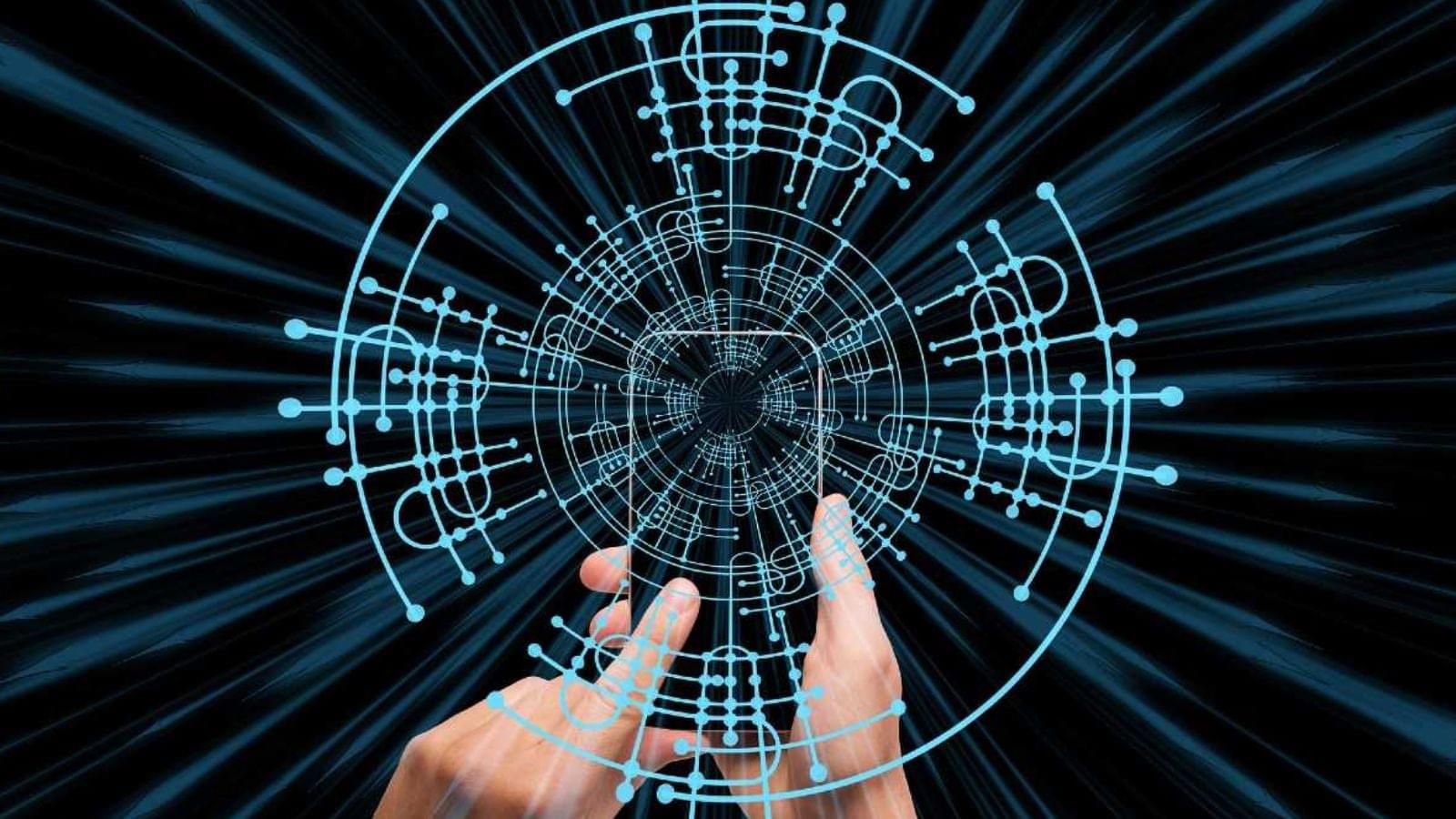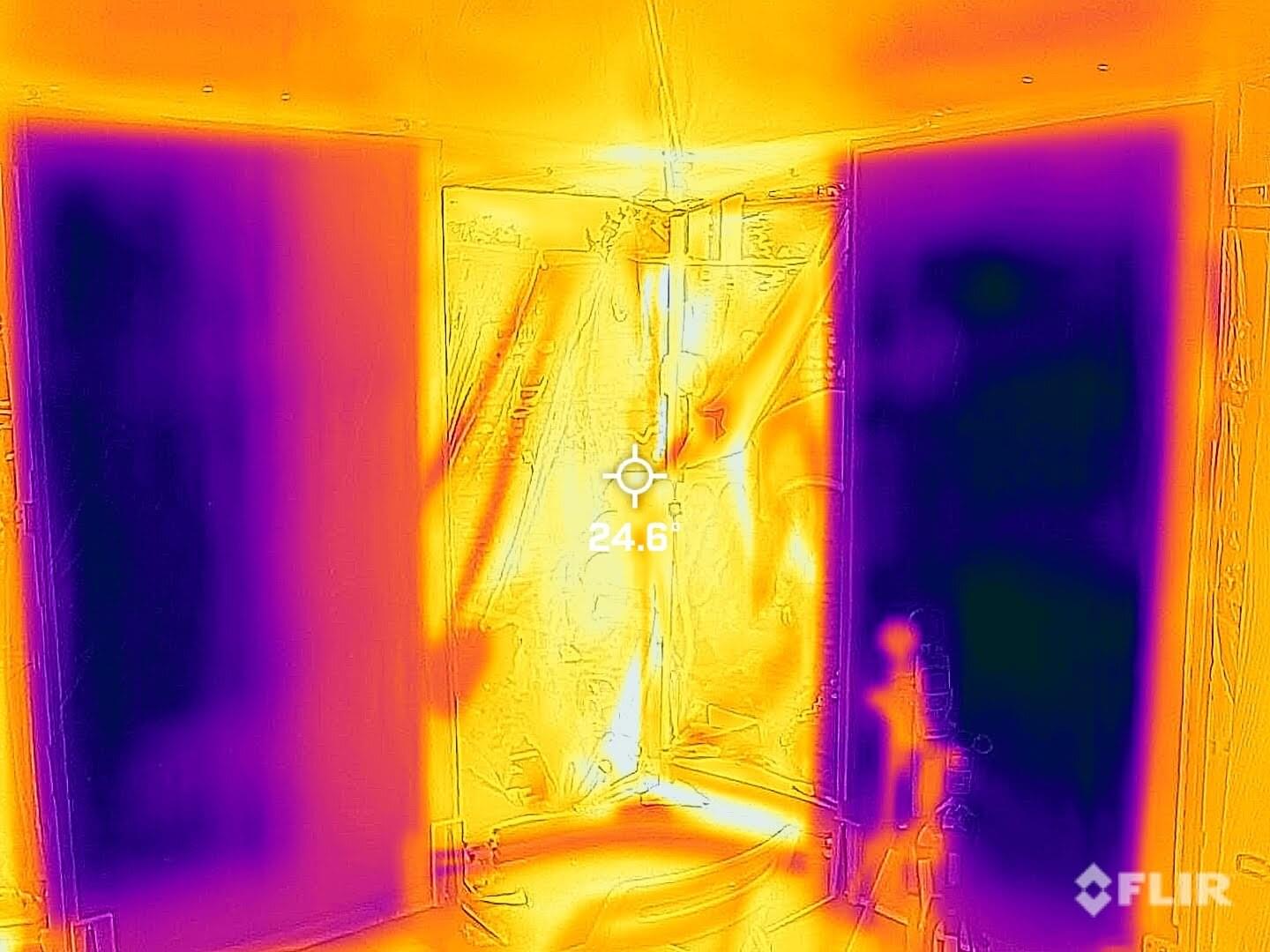Imagine a world where cancer cells can be reverted back to normal—Korean scientists are turning this into reality with their latest breakthrough.




A population-based study led by the University of Turku, Finland, investigated factors associated with the prevalence of antibiotic resistance. In addition to antibiotic use, diet, gender, living environment, income level and certain gut bacteria were associated with a higher burden of resistance. A higher resistance burden was associated with a 40% higher risk of all-cause mortality during the follow-up.
Antibiotic-resistant bacteria cause more than one million deaths per year worldwide, and the number is rising fast.
A recent study shows that an increase in relative mortality risk can be predicted by high resistance burden as well as by elevated blood pressure or type 2 diabetes. The number of antibiotic resistance genes found in gut bacteria predicted the risk of sepsis or death during a long follow-up period of almost two decades.

With so many people using devices that can be connected to the internet, reliably securing wireless communications and protecting the data they are exchanging is of growing importance. While computer scientists have devised increasingly advanced security measures over the past decades, the most effective techniques rely on complex algorithms and intensive computations, which can consume a lot of energy.
Researchers at Peking University, Southeast University, University of Sannio and other institutes recently introduced a new approach for securing communications both effectively and energy-efficiently, which relies on a reconfigurable metasurface with properties that are modulated by chaotic patterns.
This approach, outlined in a paper published in Nature Communications, is based on an idea conceived by the senior authors Vincenzo Galdi, Lianlin Li and Tie Jun Cui, who oversaw the project. The idea was then realized at Peking University and Southeast University by junior authors JiaWen Xu Menglin Wei and Lei Zhang.


Once thought unlikely, this new finding in coordination chemistry could lead to promising advances in catalysis and materials science.
For more than 100 years, the widely accepted 18-electron rule has been a foundational guideline in organometallic chemistry. Now, researchers at the Okinawa Institute of Science and Technology (OIST) have synthesized a new organometallic compound that challenges this principle. They developed a stable 20-electron version of ferrocene, an iron-based metal-organic complex, which could open new directions in chemical research.
“For many transition metal complexes, they are most stable when surrounded by 18 formal valence electrons. This is a chemical rule of thumb on which many key discoveries in catalysis and materials science are based,” said Dr. Satoshi Takebayashi, lead author of the paper published in Nature Communications.

Japan has set a new world record for internet speed, reaching 1.02 petabits per second, according to the country’s National Institute of Information and Communications Technology (NICT). That’s fast enough to download the entire Netflix library or the English version of Wikipedia thousands of times in just one second.
To compare, this new speed is 16 million times faster than India’s average internet speed of about 63.55 Mbps and 3.5 million times faster than the average internet speed in the United States, based on current data.

A team of UCLA engineers and researchers has developed a new technique to make it feel up to 10 degrees Fahrenheit cooler outside while preserving a sense of safe and open space.
Featured in Nature Sustainability, the UCLA-led study demonstrated a new way to harness radiant cooling. Instead of relying on dark and windowless spaces, such as a tunnel, to create radiant cooling that raises safety concerns for public outdoor spaces, the new approach combines water-cooled aluminum panels and see-through, infrared-reflective thin polymer film, which allows both efficient cooling and visibility—a top priority, especially for residents in urban communities.
As climate change accelerates, extreme heat events are occurring with greater intensity and frequency, threatening the safety of people who spend significant time outdoors.
William Ho is a Co-Founder, and has served as the President, Chief Executive Officer, and Director of IN8bio ( https://in8bio.com/ ), a biotech company with…

IN A NUTSHELL 🌿 Lignin-based separators improve the safety and extend the life of lithium-ion batteries by 60 percent. 🔥 These separators remain stable at temperatures up to 572°F, significantly reducing the risk of thermal runaway. 🌍 The use of a solvent-free dry process ensures eco-friendly and scalable battery production with zero waste. 🔋 This